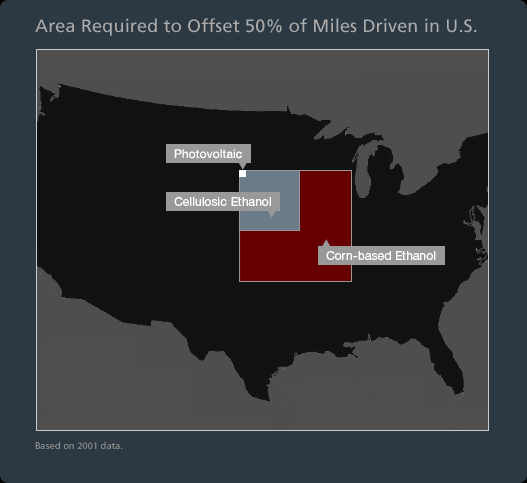Petroleum and Natural Gas Watch
Michael Vickerman, RENEW Wisconsin
Vol. 5, Number 8
November 2, 2006
Sating America’s prodigious energy appetite depends on the continued availability of Canadian energy sources. About 25% of the crude oil and 80% of the natural gas imported into the United States come from our very accommodating neighbor to the north. More than half of the fuel pumped out of Canadian wells heads south to keep us Yankees warm and happily tooling about on our highways.
Even though the Canadian economy is no less dependent on hydrocarbon energy than ours, Canada has been drilling as many wells as necessary to keep the high-maintenance American economy humming. If this pedal-to-the-metal production policy were applied to a non-strategic product like, say, maple syrup, few people would care about the consequences. But there is nothing on the horizon to replace the nonrenewable high-density energy sources that Canada so generously sends our way.
This begs the question: how long can Canada go on behaving like America’s most compliant energy colony?
Not very long, according to David Hughes, a petroleum geologist with the Geological Survey of Canada. Speaking before the World Peak Oil Conference held in Boston last week, Hughes painted a remarkably pessimistic picture of Canada’s energy future, especially regarding natural gas.
